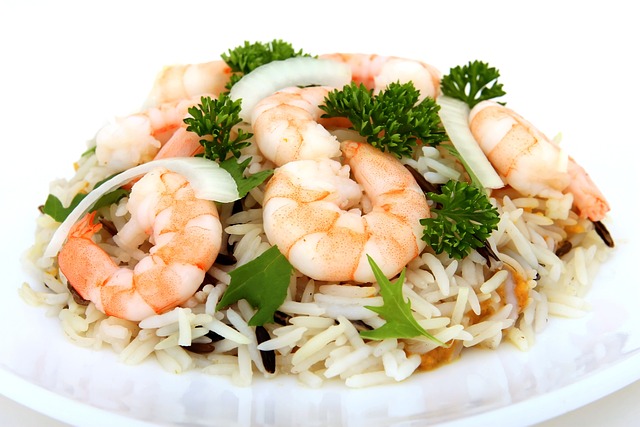Commercial shrimp farming is considered by many to be a profitable venture if well-managed. Shrimp is a high-quality diet staple in demand all across the world due to its numerous health benefits. It is a valuable commodity, contributing millions to the economies of countries where it is farmed.
If you are considering venturing into shrimp farming, it is crucial to accumulate as much information as you can. Ecolonomics In Action has shared a wealth of valuable information on shrimp farming, including webinar recordings led by expert farmers, which can provide invaluable guidance to you. Here are some factors to consider as you embark on your shrimp farming journey:
Proper Stocking Density:
The tanks or ponds should be stocked with an appropriate number of shrimp, ensuring enough room for them to grow well. The stocking density plays a significant role in shrimp farming. A high density can result in challenges such as unhealthy growth and increased chances of disease outbreaks. Conversely, if the stock is too low, it could lead to lower yields. Therefore, proper stocking densities should be maintained for optimum results.
Implementation of Proper Management Practices:
Adhering to good management practices can ensure higher yields in shrimp farming. These practices may include maintaining the right water quality, ensuring adequate aeration, and upholding hygienic conditions. Water quality should be kept at a high standard, achievable through filtration systems, proper nutrient management, and aeration.
Parameters like temperature regulation, pH, salinity, and dissolved oxygen levels are all vital for the overall health of the shrimp and should be considered when optimizing water quality. Reliable water sources should be utilized to avoid contamination.

Controlling Diseases and Parasites:
Diseases and parasites can cause major problems for shrimp farmers, leading to reduced yields if not addressed promptly and effectively. Good management practices such as quarantining new stocks, maintaining clean ponds, and using approved medicines and chemicals should be implemented to prevent such occurrences.
Selecting High-Yielding Strains:
There are various strains of shrimp available for farming, and some yield better results than others. Farmers can increase their yields by selecting the high-yielding strains that suit their conditions. Proper aeration and filtration are also critical as they help keep the water clean and free from parasites or bacteria.
Good water quality contributes to optimal oxygenation, which is vital for the health and growth of the shrimp. For all the valuable information on aquaculture, Ecolonomics in Action is the go-to resource. Visit their platform to learn more from expert farmers.
Are you ready to dive into the rewarding world of shrimp farming? Your journey to a successful aquaculture venture starts with knowledge. Visit Ecolonomic Action Team today and explore our wealth of resources including expert-led webinars, in-depth articles, and practical guides. Get the information you need to effectively manage shrimp farming and optimize your yield. Don’t wait — your profitable shrimp farming venture starts here.



